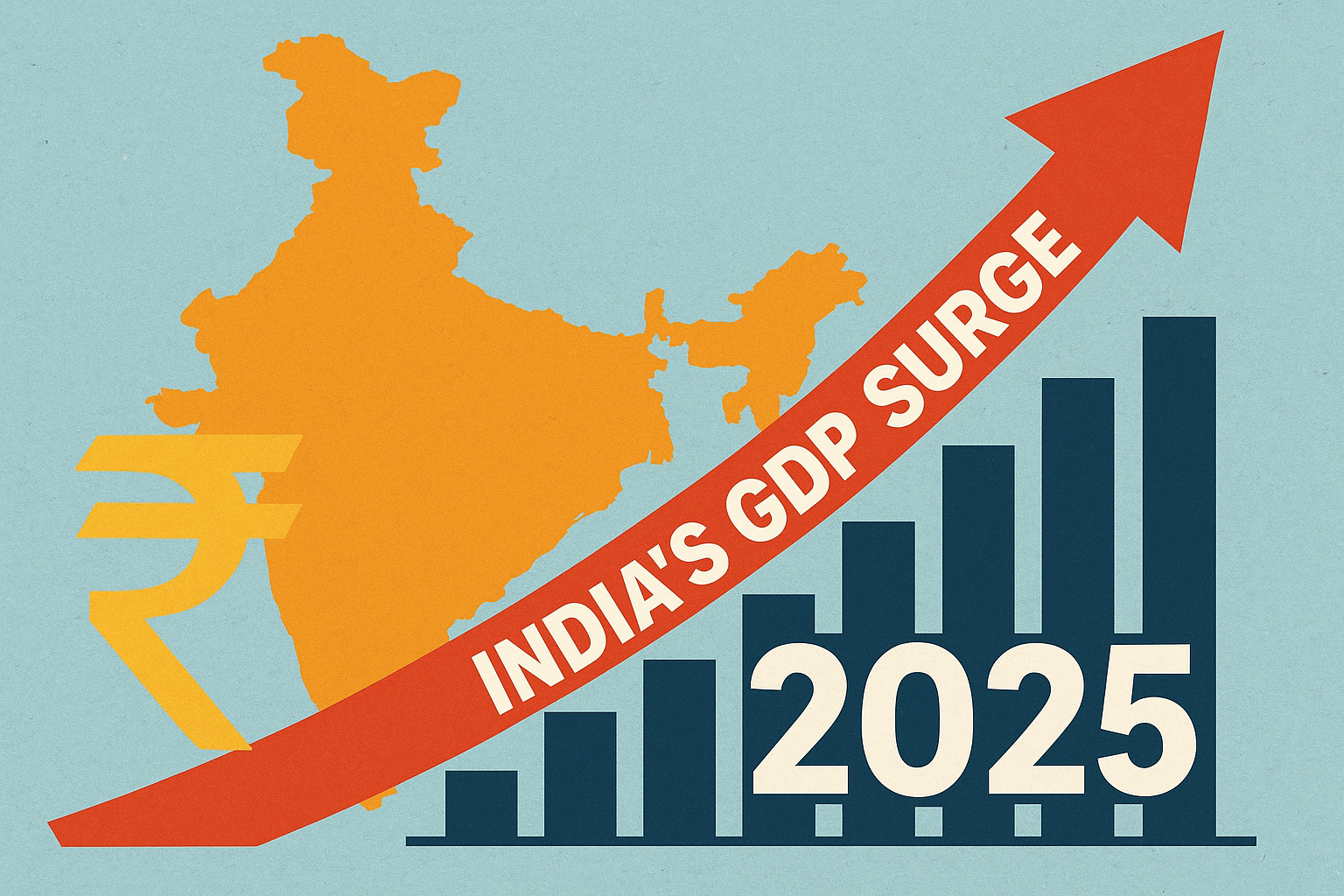Breaking down the concept of ETFs in simple terms and explaining why they’re a smart starting point for new investors.
Exchange-traded funds, or ETFs, are rapidly becoming one of the most popular investment assets globally. With markets growing and rising, ETF investment in India has become a core part of passive investing strategies across diverse investors. They offer a low-cost, flexible, diversified way to invest in financial markets.
Recently, ETFs and other passive funds have touched a record high of Rs 12.24 lakh crore in May 2025. But what are ETFs, how to invest in India, and why are they considered such a smart entry point for beginners?
Let’s understand the basics of ETFs, their advantages, potential risks, and how to begin investing with confidence.
What Are ETFs?
An Exchange-Traded Fund (ETF) is a pool of securities that are traded on exchanges like stocks. It collects funds from multiple investors to create a diversified portfolio of assets, such as stocks, bonds, or commodities, which are traded on the stock exchange. Buying an ETF means you’re buying a share in a fund that owns a collection of securities. It is a diversified, low-cost way to invest in the market.
Why Are ETFs Ideal for Beginners?
1. Diversification:
ETFs diversify your investment across different assets, reducing the risk of placing all your money in a single stock. Even a sector-specific ETF, like one focused on healthcare or technology, still diversifies within that sector.
2. Cost Efficiency: Most ETFs have lesser expense ratios than index funds or mutual funds. Some ETFs charge fees usually less than 0.2%, which is suitable for long-term investors looking to minimize costs. Low expense ratios allow more of your money to remain invested, helping it grow over time.
3. Professional Management
Even though most ETFs are passively managed, professional fund managers who ensure the ETF accurately tracks its benchmark and provides growth prospects oversee them.
4. Liquidity and Flexibility:
ETFs are traded during trading hours on exchanges. They can be traded at market prices during the trading hours, unlike index funds or mutual funds, which can only be traded as per their Net Asset Value (NAV) at the end of the day.
5. Transparency:
Most ETFs disclose their holdings on a daily basis, giving investors clear insight into what they own. This transparency is a major advantage compared to traditional index funds, which usually report their holdings only once a quarter.
Choose the Right ETF
A simple process to help you choose the right ETF.
- Decide Your Goals: Determine whether your primary focus is long-term growth, generating regular income, or preserving your capital.
- Understand Your Risk Tolerance: Assess how much market volatility you’re comfortable with. Stock ETFs are riskier than commodity or ETFs.
- Understand the Asset Allocation: Decide how much you want to invest and allocate them in various assets such as bonds, equities, funds or other.
- Research ETF Options: Compare ETFs based on their underlying index, expense ratio, tracking error, and liquidity. Various online platforms are available to help you research deeply about ETF options.
- Check the Fund Size and Liquidity: ETFs with larger assets under management and higher trading volumes offer narrower buy-sell spreads and smoother trade execution.
The Rise of ETF Investment in India
In recent years, ETFs have gained significant attention among Indian investors by offering exposure to broad market segments as well as specific sectors. The chart below shows the growth of Indian ETFs from 2017 to 2024.
The steady rise in AUM shows that more investors are choosing passive investment strategies in India.
In 2024, the Indian Exchange Traded Fund (ETF) market reached a total Assets Under Management (AUM) of ₹6.90 lakh crore. This marked another important milestone in the country’s growing interest in passive investing. Most investments were in equity ETFs, but debt and gold ETFs also play an important role for investors who want to diversify their portfolios and manage risks better.
How to Invest in ETFs in India
Investing in ETFs in India has become accessible. Here’s a step-by-step approach:
- Open a Brokerage Account: In India, a demat and trading account is required for investment. Most online brokers provide access to various ETFs.
- Add Money to Your Account: Transfer funds from your bank account to your demat or brokerage account to get started with investing.
- Research and Select ETFs: Use any broker’s research tools or other independent resources to find ETFs that match your goals.
- Place an Order: Buy ETF shares just like you would buy stocks. You can use the limit or market orders.
- Monitor and Average out: Track your investments and periodically make adjustments in your portfolio to maintain an ideal asset allocation.
- Consider the SIP approach: Systematic Investment Plans can be implemented for ETFs through regular manual purchases.
Risks and Considerations
While ETFs offer many benefits, the following points should be kept in mind:
- The value of your ETF can drop if the underlying index or assets decline.
- Sometimes, the ETF’s performance may not perfectly match its benchmark due to fees or imperfect replication.
- Some ETFs, especially the ones tracking niche sectors, may have less trading volumes, leading to wider buy-sell spreads.
- Past performance does not guarantee future returns. Fundamentals and technicals of each sector or index should be analysed well before investing.
- While ETFs are low-cost, always check their expense ratio and other trading costs.
- Holding too many similar ETFs can reduce potential returns and add unnecessary complexity to your portfolio.
Building a Beginner ETF Portfolio
A simple way to start is with a “Core and Satellite” approach in your portfolio:
- The “CORE” makes up a major share of the portfolio. These core holdings can act as the steady foundation for investments. It delivers long-term growth and minimises risk through broad market exposure. You can include low-cost, broadly diversified ETFs that track major indices like the Nifty 50 and Sensex.
- The “SATELLITE”, usually fills a smaller share of your portfolio, can be invested in specialised or higher-risk ETFs that target specific sectors or asset classes. These satellites ensure higher returns or add diversification by investing in areas that have strong growth potential.
Bottom Line
For beginners, ETFs provide a simple way to access a wide range of markets and passive investing strategies without the complexity of picking individual stocks or managing a portfolio of mutual or index funds. If you’re planning long-term financial freedom, understanding what ETFs are and how to invest in them can help in building a strong and stable portfolio.
As with every investment, it’s important to do your homework, research well, and invest based on your financial goals, not the latest market hype.
- Make in India 2.0: How Manufacturing Is Reshaping Market Sentiment - December 13, 2025
- Real Estate Boom : Why Tier-2 Cities Are Attracting Big Investors - December 12, 2025
- India’s GDP Surge 2025: What the New Growth Numbers Mean for Markets - December 9, 2025





